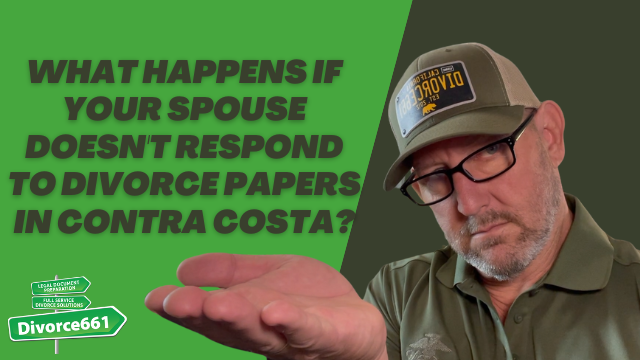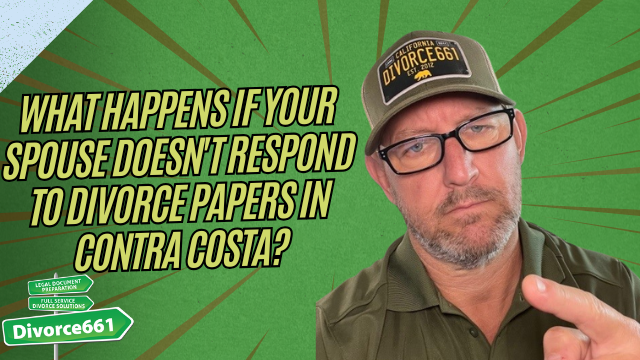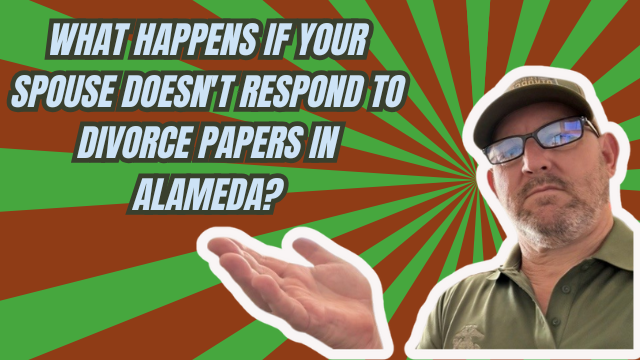Divorce661 Reviews: The Best Divorce Service in Contra Costa? | Contra Costa Divorce
Hi, I’m Tim Blankenship of Divorce661. In this post I explain why so many couples in Contra Costa County and across California choose Divorce661 for an amicable, efficient, and affordable divorce. If you and your spouse are on the same page and want to avoid the stress of contested court proceedings, this article will walk you through what we do, how we do it, and why clients trust us to get their divorce finalized quickly and correctly.
Why Divorce661 is different
We specialize exclusively in amicable divorces. That matters because the process, the timeline, and the costs for an uncontested divorce are completely different than for a contested case. Our service is built around three core promises:
- No court appearances — we handle filings and e-filing so you don’t have to go to court.
- No attorneys required — we prepare court-approved paperwork and guide you through every step.
- Flat-fee, 100% remote process — no hourly billing, no surprises, and everything can be done from home.
What we handle for you
Going beyond just filling out forms, Divorce661 provides a full-service solution designed to keep your case moving and avoid common pitfalls that cause delays or rejections:
- Complete review and preparation of all divorce paperwork
- Guidance through every step so your paperwork is correct and complete
- Use of the court’s efile system to submit documents and track your case
- Knowledge of Contra Costa court procedures to avoid local issues that often cause rejections
How our process works
Our process is straightforward and built for couples who agree on the major issues. Typical stages include:
- Free consultation to determine whether your case is appropriate for an uncontested divorce.
- We prepare and review all required documents with you remotely.
- We e-file the judgment and related paperwork with the court on your behalf.
- We follow up until the judgment is approved and finalized.
Because we know how Contra Costa’s courts operate, we can often get judgments approved quickly—sometimes within days once the judgment paperwork is ready to submit and in many cases within a few weeks.
Real client story from Walnut Creek
“I tried to file on my own but kept getting rejection after rejection from the court. I was frustrated and ready to give up until I found Divorce661. They cleaned up the paperwork and got my judgment approved in just a few weeks — the smoothest experience I could have imagined.” — Walnut Creek client
This is a typical example of why people call us. Many clients attempt to navigate the courts alone and run into local nuances, formatting errors, or filing requirements that cause rejections. We step in, correct the issues, and get the job done so the divorce moves forward without months of delay.
Why clients leave five-star reviews
Our reviews highlight a few consistent themes:
- Speed: Finalizations happening in days or weeks rather than months.
- Responsiveness: Clear answers to questions and hands-on guidance through the process.
- Reliability: Accurate paperwork and familiarity with local court efiling systems.
Is Divorce661 right for you?
Divorce661 is designed for couples who:
- Are in agreement on property division, debt allocation, and (if applicable) child arrangements
- Want an efficient, low-cost process without attorneys
- Prefer a 100% remote, flat-fee service
If there are complex disputes, contested custody matters, or significant litigation expected, a contested divorce or attorney representation may be necessary. For amicable cases, though, our approach saves time, money, and stress.
How to get started
Schedule a free consultation at divorce661.com to see whether your case fits our amicable divorce model. During the consultation we’ll review your situation, explain the steps, and let you know what to expect for timing and costs.
Conclusion
If you’re in Contra Costa County and looking for a trusted divorce service with proven results, Divorce661 offers a straightforward, reliable path to finalize an amicable divorce without court appearances or attorneys. We’ve helped thousands of Californians move on with their lives faster and with less hassle than going it alone. Visit divorce661.com to schedule your free consultation and learn how we can help you complete your divorce smoothly and efficiently.






